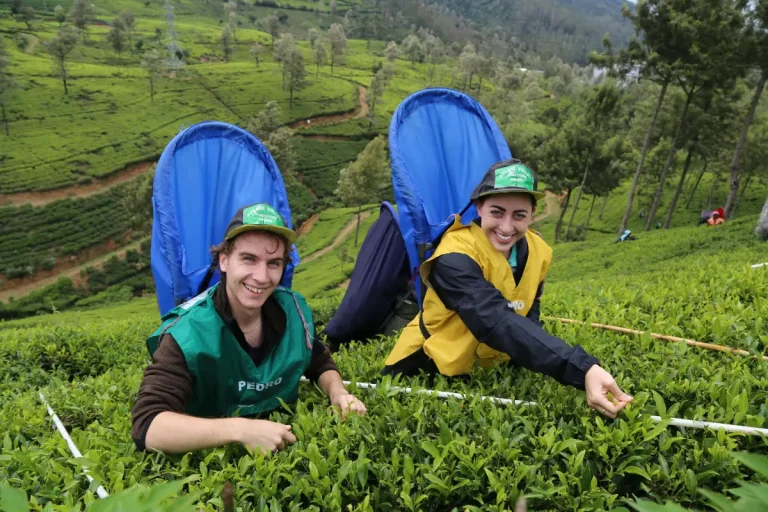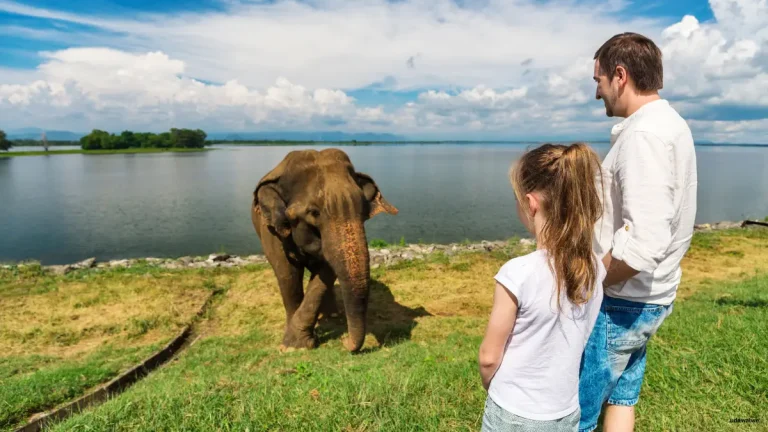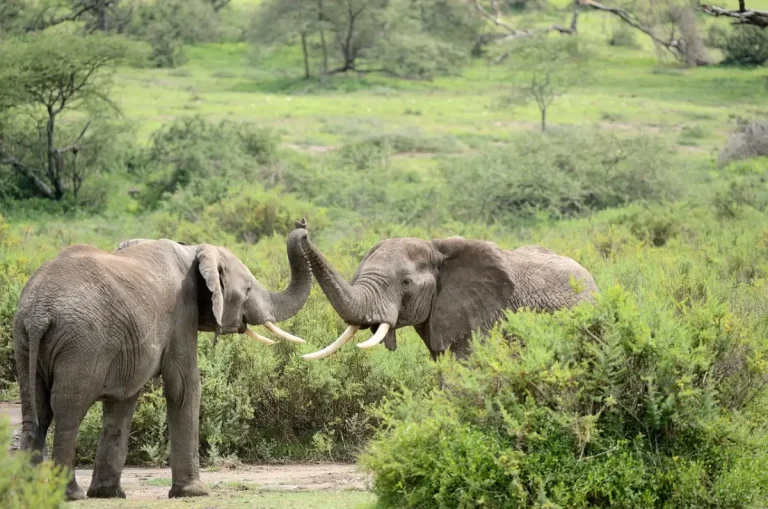Exploring the Beauty of Wilpattu National Park
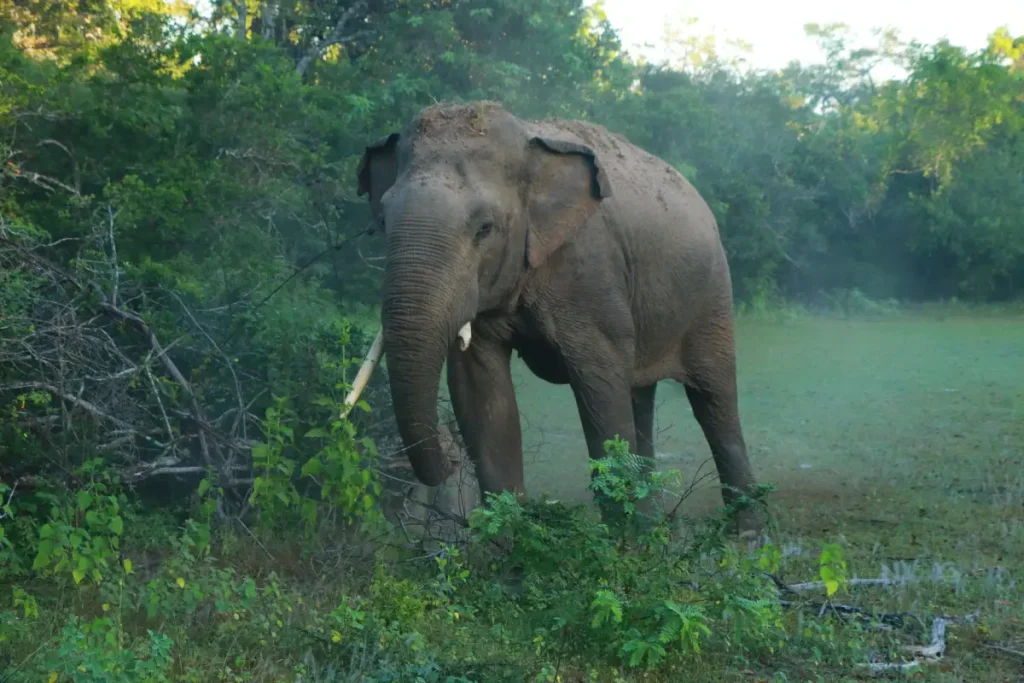
Nestled in the northwestern corner of Sri Lanka, Wilpattu National Park stands as a testament to the island’s rich biodiversity and natural beauty. Known as the “Land of Lakes,” Wilpattu is the largest and one of the oldest national parks in Sri Lanka, offering visitors a unique opportunity to experience the untamed wilderness of the island. With its dense forests, serene lakes, and abundant wildlife, Wilpattu is a haven for nature enthusiasts, wildlife photographers, and adventure seekers alike. In this article, we’ll delve into the wonders of Wilpattu National Park, exploring its history, wildlife, and the unforgettable experiences it offers.
A Glimpse into the History of Wilpattu
Wilpattu National Park, which translates to “Land of Lakes” in Sinhalese, derives its name from the numerous natural lakes, or “villus,” that dot its landscape. These villus are shallow basins filled with rainwater, creating a unique ecosystem that supports a diverse range of flora and fauna. The park spans over 1,300 square kilometers, making it the largest national park in Sri Lanka.
The history of Wilpattu dates back thousands of years, with evidence of ancient human settlements found within its boundaries. The park is believed to have been a thriving hub during the reign of the Sinhalese kings, and remnants of ancient temples, reservoirs, and other archaeological sites can still be found scattered across the park. One of the most significant historical sites within Wilpattu is the Kudiramalai Point, which is said to be the landing site of Prince Vijaya, the legendary founder of the Sinhalese nation, in 543 BCE.
Wilpattu was declared a wildlife sanctuary in 1905 and later upgraded to a national park in 1938. However, the park faced significant challenges during the Sri Lankan civil war, which lasted from 1983 to 2009. During this period, Wilpattu was closed to the public, and its wildlife suffered due to poaching and habitat destruction. Fortunately, since the end of the war, the park has been restored and reopened, allowing visitors to once again experience its natural wonders.
The Unique Landscape of Wilpattu
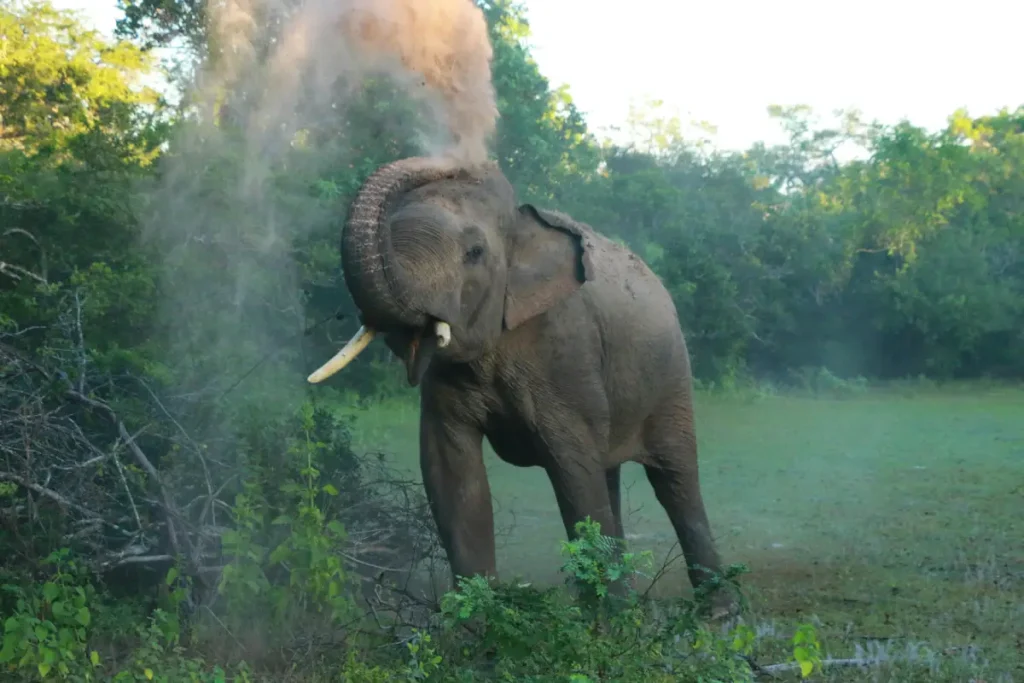
What sets Wilpattu apart from other national parks in Sri Lanka is its distinctive landscape. The park is characterized by its dense, dry evergreen forests, open grasslands, and the iconic villus that give the park its name. These villus are not only a source of water for the park’s wildlife but also create stunning reflections of the surrounding forests, making them a photographer’s dream.
The park’s terrain is relatively flat, with occasional rocky outcrops and sand dunes adding to its diversity. The dense forests provide a cool and shaded environment, while the open grasslands offer panoramic views of the park’s wildlife. The combination of these different habitats makes Wilpattu a haven for a wide variety of plant and animal species.
Wildlife in Wilpattu: A Biodiversity Hotspot
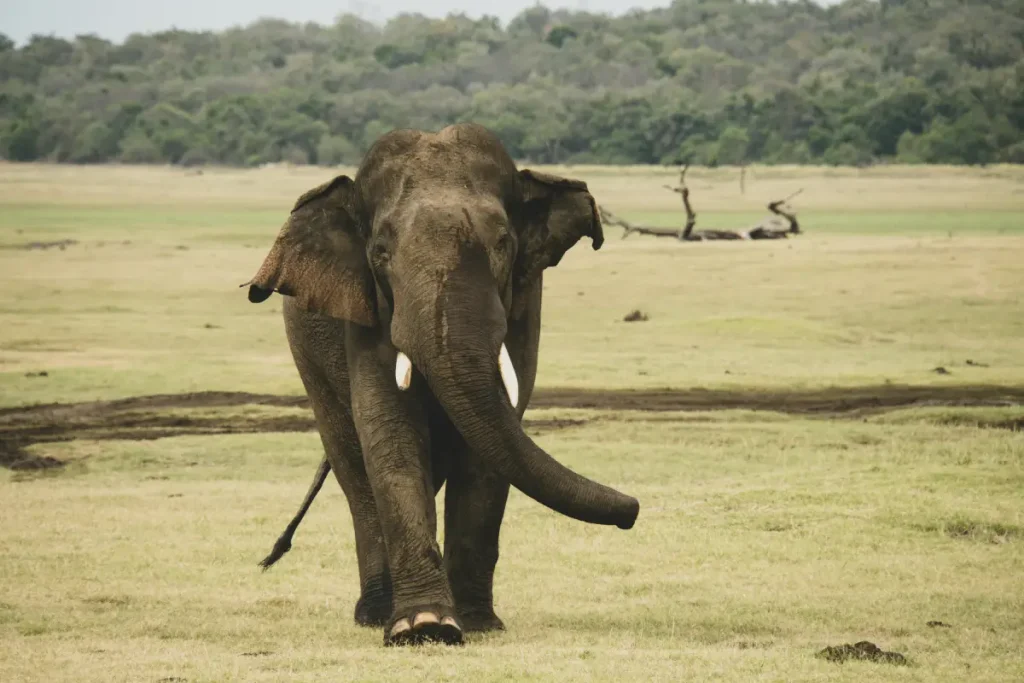
Wilpattu National Park is renowned for its rich biodiversity, boasting a wide range of flora and fauna. The park is home to some of Sri Lanka’s most iconic wildlife species, including the elusive leopard, which is one of the main attractions for visitors.
The Majestic Leopard
Wilpattu is one of the best places in Sri Lanka to spot the Sri Lankan leopard (Panthera pardus kotiya), a subspecies endemic to the island. The park’s dense forests and abundant prey make it an ideal habitat for these elusive big cats. While leopard sightings are never guaranteed, the thrill of spotting one in the wild is an experience like no other. Early morning and late afternoon game drives offer the best chances of encountering these majestic creatures.
Other Mammals
In addition to leopards, Wilpattu is home to a variety of other mammals, including the Sri Lankan sloth bear (Melursus ursinus inornatus), Asian elephant (Elephas maximus maximus), and water buffalo (Bubalus bubalis). The park is also home to several species of deer, such as the spotted deer (Axis axis) and sambar deer (Rusa unicolor), as well as smaller mammals like the ruddy mongoose (Herpestes smithii) and the Indian pangolin (Manis crassicaudata).
Birdlife
Wilpattu is a paradise for birdwatchers, with over 200 species of birds recorded within the park. The villus attract a variety of waterbirds, including painted storks (Mycteria leucocephala), white ibis (Threskiornis melanocephalus), and spoonbills (Platalea leucorodia). The park’s forests are home to several endemic bird species, such as the Sri Lanka junglefowl (Gallus lafayettii), Sri Lanka grey hornbill (Ocyceros gingalensis), and the crimson-fronted barbet (Psilopogon rubricapillus). Raptors like the crested serpent eagle (Spilornis cheela) and the changeable hawk-eagle (Nisaetus cirrhatus) can also be spotted soaring above the treetops.
Reptiles and Amphibians
Wilpattu’s diverse habitats support a variety of reptiles and amphibians, including the mugger crocodile (Crocodylus palustris), Indian python (Python molurus), and several species of frogs and lizards. The park’s villus are particularly important for reptiles, providing a vital source of water and food.
Exploring Wilpattu: Safari Adventures
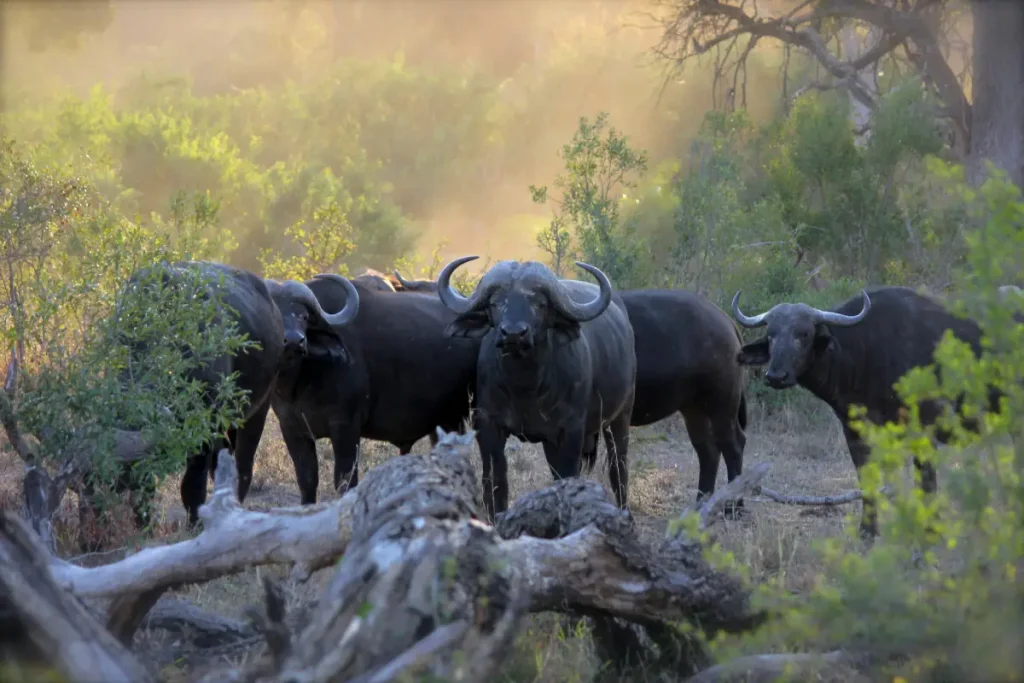
One of the best ways to experience Wilpattu National Park is through a safari. The park offers both jeep safaris and guided walking tours, allowing visitors to explore its diverse landscapes and wildlife up close.
Jeep Safaris
Jeep safaris are the most popular way to explore Wilpattu, offering visitors the chance to cover large areas of the park and maximize their chances of spotting wildlife. Safaris are typically conducted in the early morning or late afternoon, when animals are most active. Experienced guides and trackers accompany visitors, sharing their knowledge of the park’s flora and fauna and helping to locate elusive species like leopards and sloth bears.
Walking Tours
For those who prefer a more immersive experience, guided walking tours are available in certain areas of the park. These tours offer a unique opportunity to explore Wilpattu’s forests and grasslands on foot, allowing visitors to observe the park’s smaller creatures and plant life up close. Walking tours are typically shorter in duration and are conducted with the guidance of an experienced naturalist.
Conservation Efforts in Wilpattu
As one of Sri Lanka’s most important national parks, Wilpattu plays a crucial role in the conservation of the island’s biodiversity. The park is home to several endangered species, including the Sri Lankan leopard and sloth bear, and serves as a vital habitat for many other plants and animals.
In recent years, efforts have been made to protect and restore Wilpattu’s ecosystems, particularly in the aftermath of the civil war. Anti-poaching patrols, habitat restoration projects, and community-based conservation initiatives have all contributed to the park’s recovery. However, challenges remain, including habitat fragmentation, human-wildlife conflict, and the impacts of climate change.
Visitors to Wilpattu can play a role in supporting conservation efforts by adhering to park regulations, minimizing their environmental impact, and supporting local communities. By doing so, they can help ensure that Wilpattu remains a sanctuary for wildlife and a source of inspiration for generations to come.
Tips for Visiting Wilpattu National Park
If you’re planning a visit to Wilpattu National Park, here are a few tips to help you make the most of your experience:
Best Time to Visit: The dry season, from May to September, is the best time to visit Wilpattu, as wildlife is more concentrated around the villus, making it easier to spot animals. However, the park can be visited year-round, with each season offering its own unique experiences.
What to Bring: Be sure to bring comfortable clothing, sturdy footwear, sunscreen, insect repellent, and a hat. Binoculars and a camera with a zoom lens are essential for wildlife viewing and photography.
Guided Tours: Hiring an experienced guide is highly recommended, as they can provide valuable insights into the park’s wildlife and help you locate elusive species.
Respect Wildlife: Always maintain a safe distance from animals and avoid making loud noises or sudden movements. Remember that you are a guest in their home.
Stay Overnight: Consider staying at one of the eco-lodges or campsites near the park to fully immerse yourself in the wilderness. Waking up to the sounds of the forest and embarking on an early morning safari is an unforgettable experience.
Conclusion
Wilpattu National Park is a true gem of Sri Lanka, offering visitors a chance to connect with nature and experience the island’s rich biodiversity. From its iconic leopards and sloth bears to its serene villus and ancient ruins, Wilpattu is a place of wonder and discovery. Whether you’re a seasoned wildlife enthusiast or a first-time visitor, a journey into the heart of Wilpattu is sure to leave you with memories that will last a lifetime. So pack your bags, grab your camera, and get ready to explore the untamed beauty of Wilpattu National Park – a wilderness like no other.
